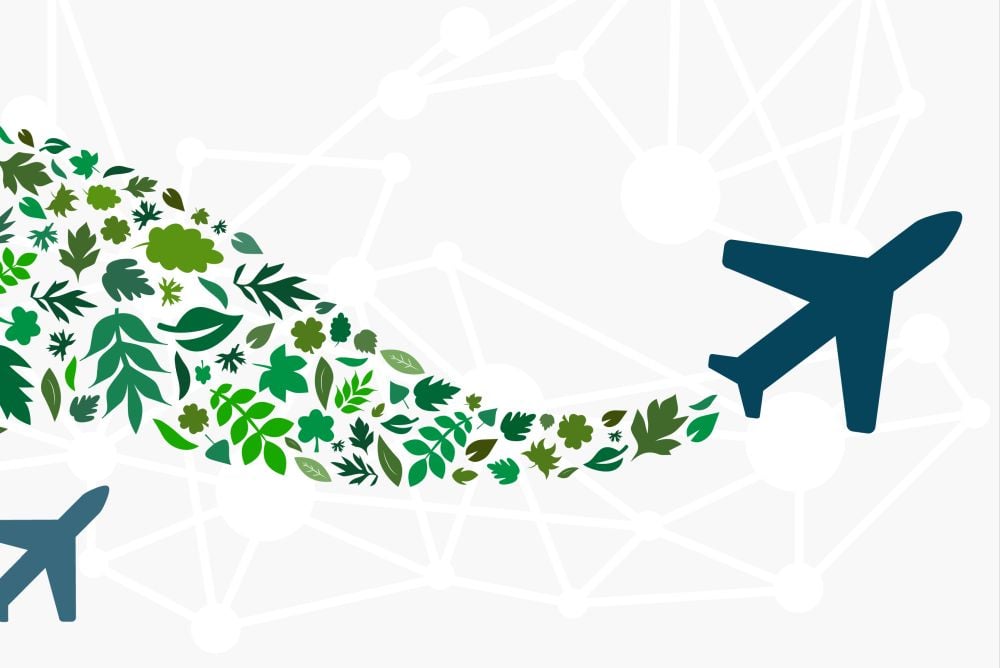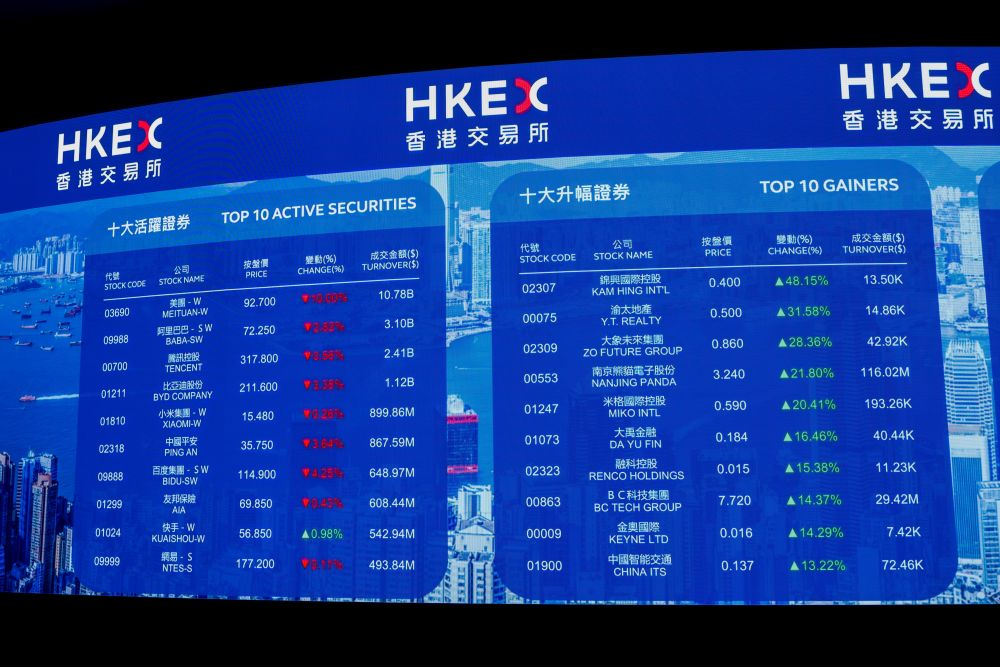A policy’s costs need should never outweigh its benefits, but the EU’s carbon tariff, formally known as the cross-border adjustment mechanism (CBAM) regulation, may be an anomaly to this principle, according to a recent study.
The negative impact of the CBAM on GDP, estimates the study from the Asian Development Bank (ADB), could outweigh its positive impact of reducing global carbon emissions. Specifically, the statistical model in the study shows that the CBAM would bring down global carbon emissions by less than 0.2%, relative to an emission trading scheme with a carbon price of €100 (US$108) per metric ton and no carbon tariff, while the policy itself could result in Asia’s exports to the EU being reduced by around 1.1%.
The CBAM, in effect from October 2023 and currently in its transition phase until 2026, aims to charge non-EU countries on their exports of goods into the EU for the carbon emitted during their production at a level equivalent to the carbon price in the EU.
This cross-border taxation intends to prevent carbon-intensive production lines from being transferred outside of the EU where they face a lower or even no carbon price – an effect known as “carbon leakage” – and to encourage non-EU countries to reduce carbon emissions by incorporating the carbon price into their cost considerations.
Though the CBAM will not bring extra costs for non-EU countries until its full enforcement in January 2026, the policy has been controversial around the globe long before its launch as it is a potential violation of the World Trade Organization’s rules and because of the negative impacts it brings to the global economy and value chains.
Developing countries, in particular, are more likely to be adversely affected by the CBAM, according to the World Bank’s CBAM Exposure Index, which quantitatively measures the policy’s potential cost for exporters to the EU. The index indicates that India will be the most affected Asian country under the CBAM as 18.9% of its iron and steel, aluminium, cement, fertilizer and electricity (all products covered by the policy) are exported to the EU.
In addition to putting Asia’s exports at risk, the CBAM is unlikely to have a substantial impact on carbon emission reduction globally. Since developing countries in Asia are still on a rising trajectory of producing carbon-intensive products, the efforts of small-scale decarbonization are easily offset by the large-scale emission increases in carbon-intensive sectors. Building a network for sharing decarbonization technology could be a more efficient alternative than just adding a carbon tariff.
While putting a price on carbon could still be critical to reducing carbon emissions, global participation and coordination are needed in the design of any pricing mechanism that aspires to be fair, consistent and meaningful.
“The fragmented nature of carbon pricing initiatives, in terms of sectors and regions covered, including the CBAM, can only partially limit carbon leakage,” says Albert Park, ADB’s chief economist. “To significantly reduce carbon emissions globally, while also making sure climate efforts are more effective and sustainable, carbon pricing initiatives need to be extended to other regions outside the EU, especially Asia.”









